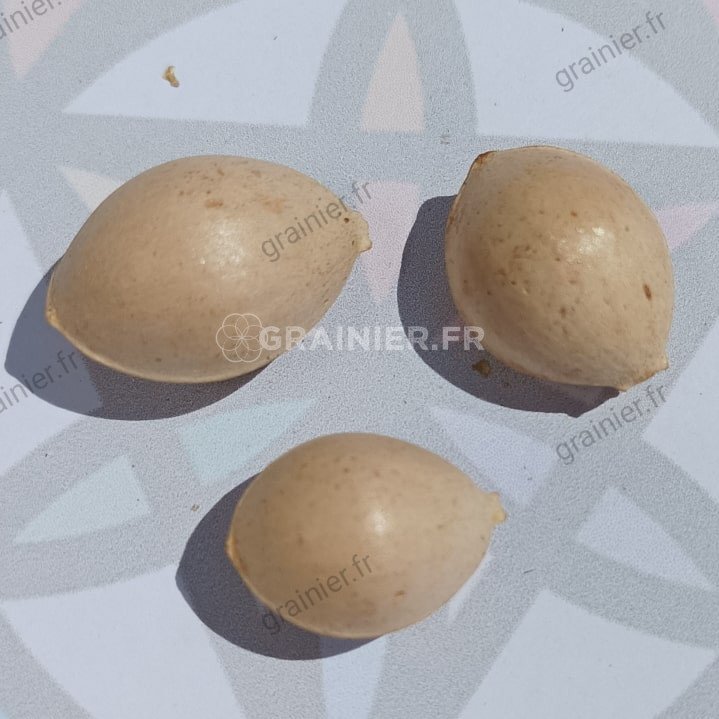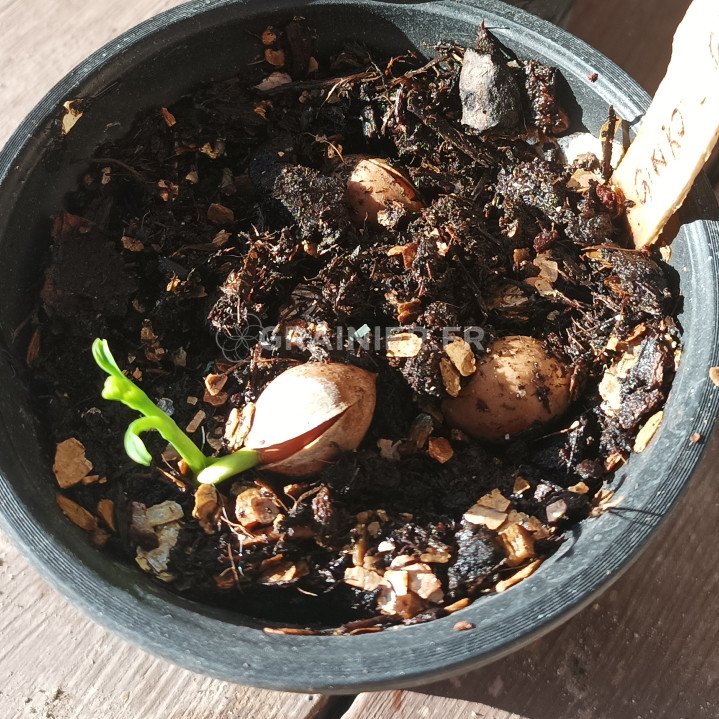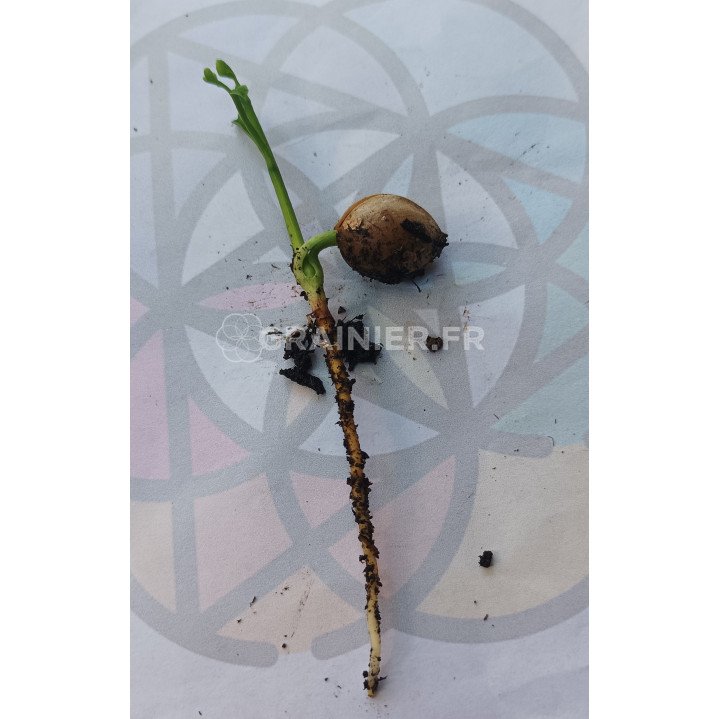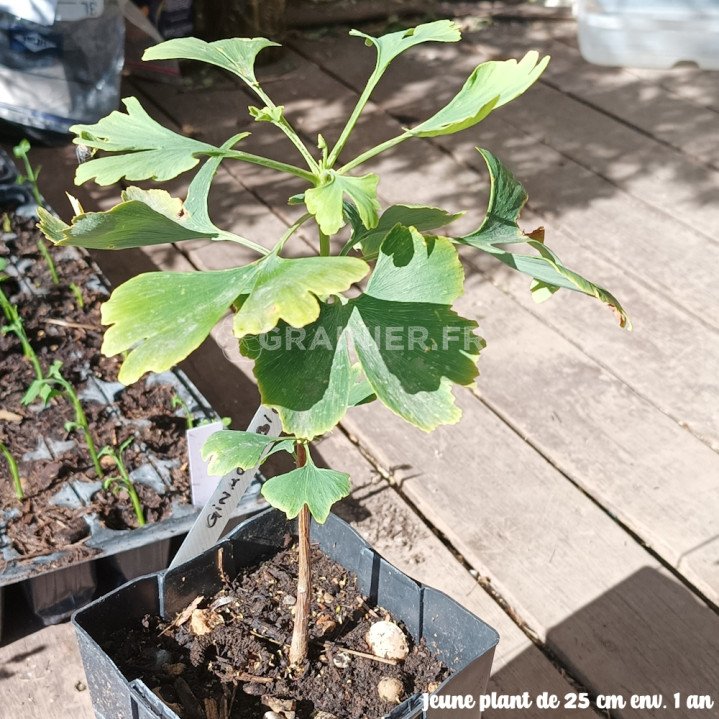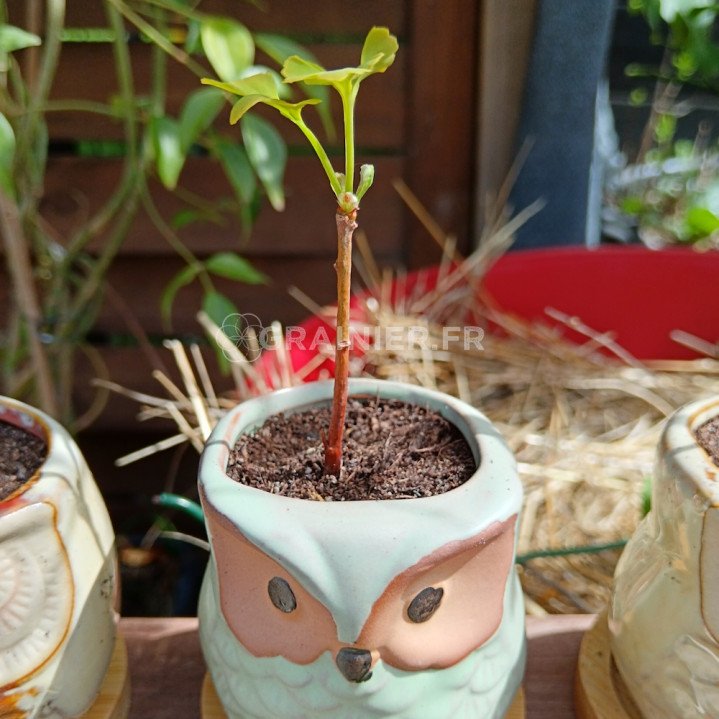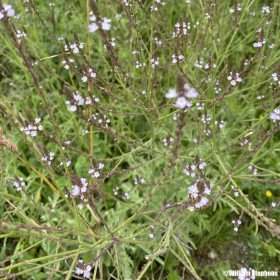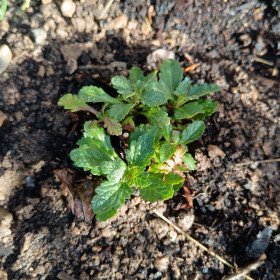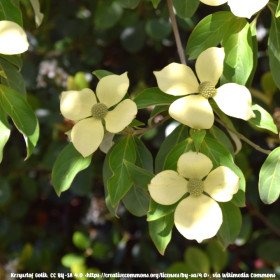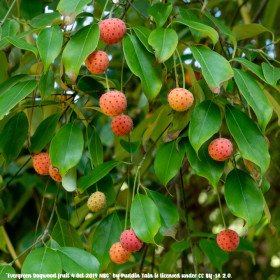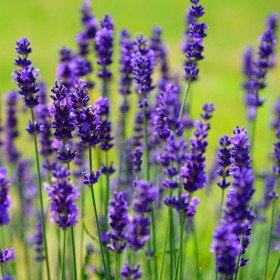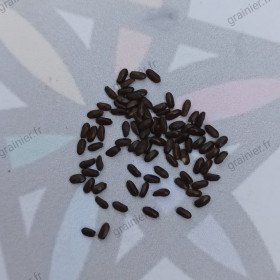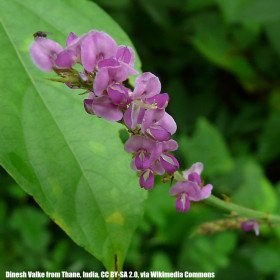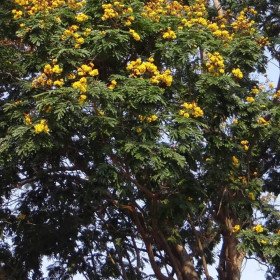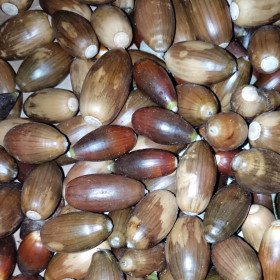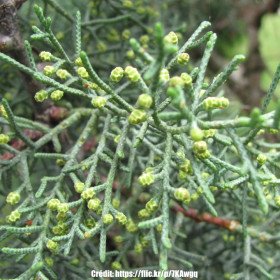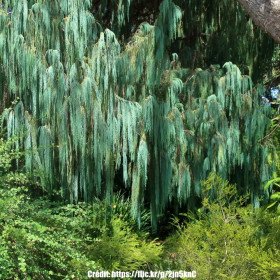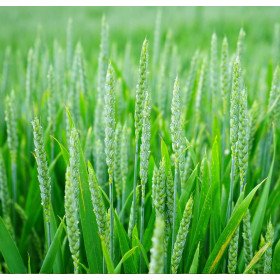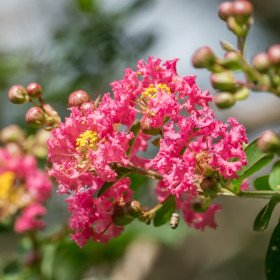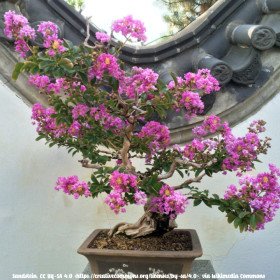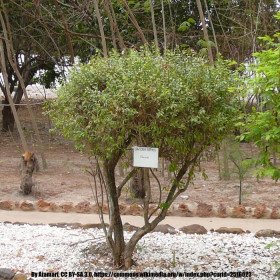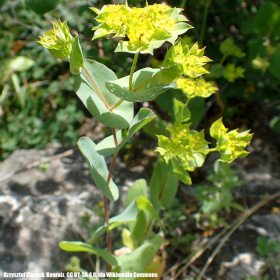2 Graines Ginkgo biloba, Arbre aux 40 écus
2 Graines Ginkgo biloba, Arbre aux 40 écus
- Modèle : 2 Graines Ginkgo biloba, Arbre aux 40 écus
- Disponibilité : 3
- 1,50€
Ginkgo biloba, Arbre aux 40 écus |
Ginkgo biloba est un arbre remarquable et ancien originaire de Chine.
2 graines - Germination moyenne : 60%
Description : Ginkgo biloba est un arbre à feuilles caduques qui peut atteindre une hauteur de 20 à 35 mètres. Son tronc est droit et robuste, avec une écorce grisâtre et fissurée. Les feuilles du ginkgo sont en forme d'éventail et sont vertes, avec des lobes profonds et distincts. En automne, les feuilles prennent une belle couleur jaune vif, créant un spectacle saisissant. Les fleurs du ginkgo sont petites et jaunes, et les arbres mâles et femelles produisent des cônes séparés. Les cônes mâles sont de couleur jaune pâle et les cônes femelles produisent des graines charnues, souvent appelées "noix de ginkgo".
Semis des graines de ginkgo :
Préparation des graines : Les graines de ginkgo ont une coque extérieure dure qui doit être brisée pour faciliter la germination. Vous pouvez utiliser une pince ou un étau pour casser délicatement la coque et révéler la graine à l'intérieur.
Stratification à froid : Les graines de ginkgo ont besoin d'une période de stratification à froid pour stimuler la germination. Placez les graines dans un sac en plastique avec un substrat humide, tel que de la tourbe ou du sable, et scellez-le. Mettez le sac au réfrigérateur pendant environ 3 mois. Cela imite les conditions hivernales nécessaires à la germination des graines.
Semis : Après la stratification à froid, retirez les graines du réfrigérateur et semez-les dans des pots de culture remplis d'un mélange de terreau bien drainé. Enterrez les graines à une profondeur d'environ 2 à 3 cm et arrosez légèrement pour humidifier le substrat.
Conditions de germination : Placez les pots dans un endroit lumineux et chaud, avec une température d'environ 20 à 25°C. Veillez à maintenir le substrat humide mais pas détrempé. La germination des graines de ginkgo peut prendre plusieurs semaines à plusieurs mois.
Transplantation : Lorsque les jeunes plants atteignent une taille suffisante, vous pouvez les transplanter dans des pots individuels ou les mettre en pleine terre, en veillant à leur fournir un espace adéquat pour se développer.
Il est important de noter que la culture du ginkgo à partir de graines peut prendre du temps et de la patience, car la germination peut être irrégulière. Il est également possible d'acheter des plants de ginkgo déjà cultivés si vous souhaitez obtenir des résultats plus rapides.
Etiquettes : ginkgo, biloba, arbre, ecus, GRAINES DE FLEURS & ARBRES Ginkgo biloba, Arbre aux 40 écus, Exotiques & Rares Ginkgo biloba, Arbre aux 40 écus, Arbres & Bonsaï Ginkgo biloba, Arbre aux 40 écus, Ginkgo biloba, Arbre aux 40 écus GRAINES DE FLEURS & ARBRES, Ginkgo biloba, Arbre aux 40 écus Exotiques & Rares, Ginkgo biloba, Arbre aux 40 écus Arbres & Bonsaï





